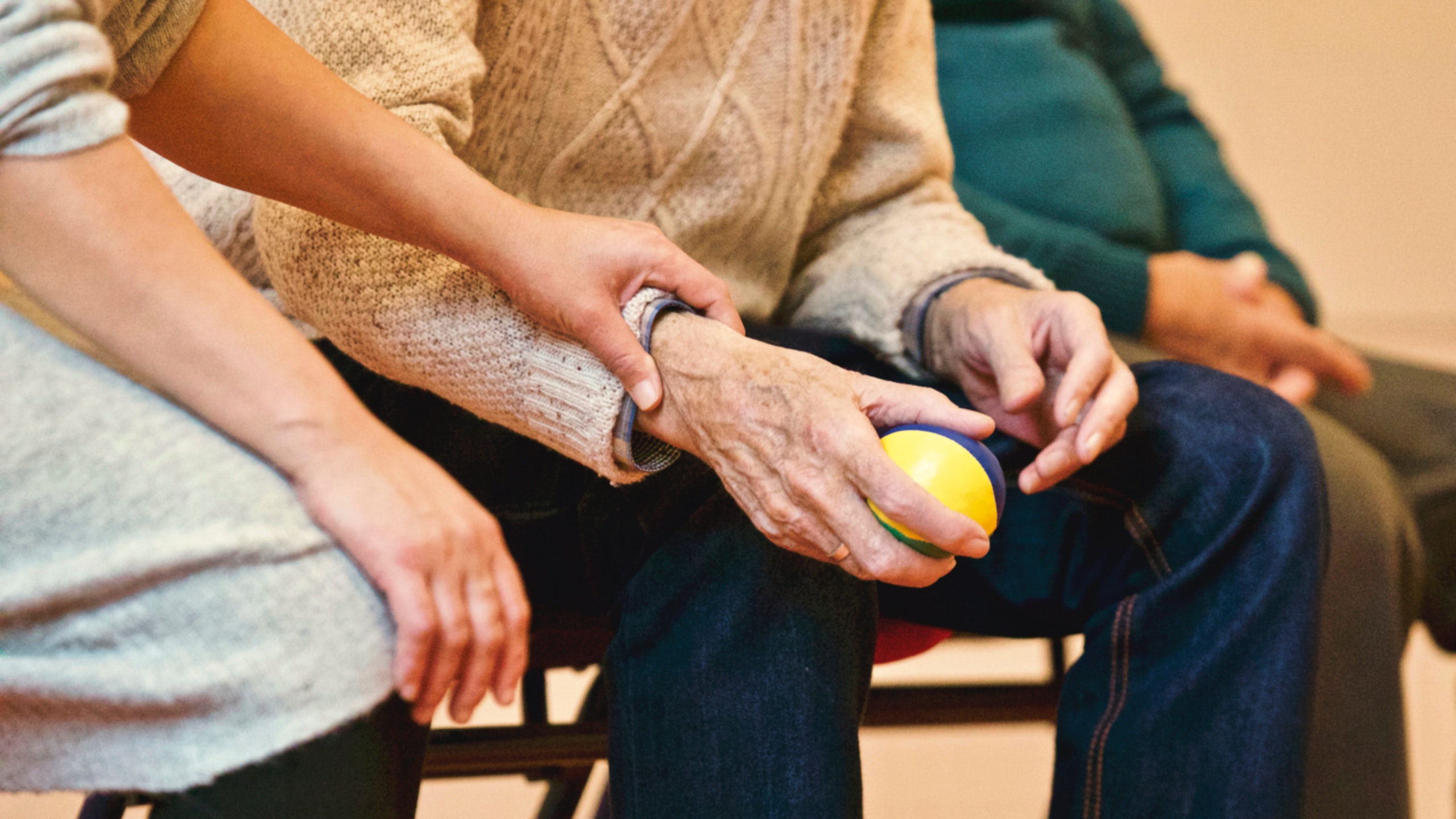
Changing demography – unprecedented numbers of older people living longer – has in principle increased opportunities for intergenerational interaction outside of the family, including friendship formation. Friendship is lauded in research and policy for promoting physical and mental well-being, and is often perceived as a panacea for social exclusion and loneliness (for example see Demir, 2016). Friendship is synonymous with equality; it is portrayed as a chosen, mutual and reciprocal relationship (Pahl, 2000).
Intergenerational friendship is a friendship between a chronologically old and a significantly younger adult. Influenced by the principle of homophily (i.e. ‘birds of a feather flock together’), research has predominately focused on peer-aged friendships among older or younger adults. This approach reflects a social construction of older adults as unsuited to forming naturally occurring, equal, mutually enjoyable friendships with younger non-kin adults (Elliott O’Dare et al., 2019).
In focusing on the ‘older friend’ in this study I aimed to understand the role intergenerational friendships play in how older persons experience older age and friendship. I explored the older friends’ experiences of friendship by talking with twenty-three people [in their own homes], aged 65 and over in Ireland to attain detailed talk and observational data.
Three key concepts emerged from the research. First, a homophily of doing-and-being i.e. three commonalities, when combined, constitute a way of ‘doing’ friendship that brings and binds the intergenerational friends together: ‘friends in action’ (doing interests, hobbies, spending time together); being ‘not only old’ (sharing role identities beyond age, for example, being a photographer or a musician); and ‘sharing ways of thinking and being’ (attitudes and approaches to friendship and to living life) Second, an all-age identity was portrayed by the participants as they signalled at times ‘feeling the same age inside’ as their younger friend, at other times feeling and acting older, while occasionally feeling and behaving in a childish manner. Sameness and difference were acknowledged and exchanged with the younger friend, as being of a different generation brought unique insights and experiences. Third, continuity in belonging and connectedness through intergenerational friendships was an essential part of embracing a good old age.
In the everyday – in friendship – compliance with and resistance to social and cultural age stereotyping and ageism was enacted. The accounts of exclusion and inclusion, homophily of doing-and-being, celebrating difference and age difference, and holding an all-age identity all formed part of the participants’ lived experience of older age and intergenerational friendship. Being an older intergenerational friend was imbued with seeking joy, belonging and connectedness in everyday life.
Dr Catherine Elliott O’Dare
This research was supported by the Irish Research Council. A corresponding research article was co-authored with Professor Virpi Timonen and Dr Catherine Conlon see https://authors.elsevier.com/c/1YU7P3AT7iEg-Q
References
Demir, M. 2016. Friendship and happiness: across the life-span and cultures.
Netherlands: Springer
Elliott O’Dare, C., Timonen, V., & Conlon, C. 2019. Intergenerational friendships of
older adults: Why do we know so little about them? Ageing and Society, 39(1), 1–16.
PAHL, R. E. 2000. On friendship. Cambridge: Polity Press.

